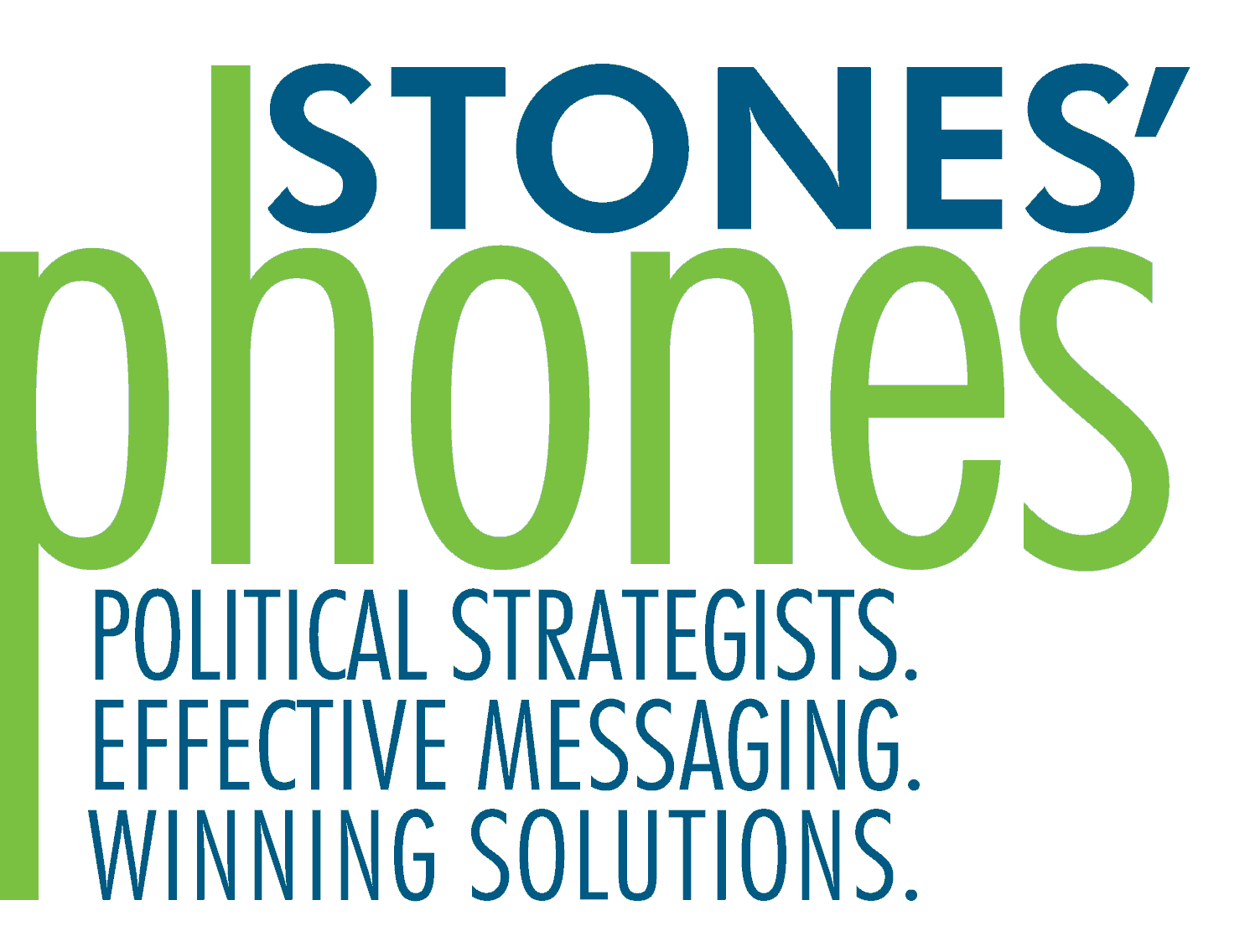18 Ways To Improve Patch-Through Calls
- willw95
- Aug 17, 2023
- 3 min read
Updated: Dec 11, 2023
Patch-through calling – connecting voters with their elected officials – is a classic advocacy technique we’ve perfected over years of experience. Check out some of the methods we’ve

developed to ensure you get the most out of your patch calls.
Scripting that ensures supporters leave more precise messages. We make it clear to the person called that they will be transferred to a staff member in the targeted office.
Doing patches in bursts to get the call picked up by key staffers deeper in the office. By timing your calls to take advantage of the official rollover phone system, we can maximize the impression your supporters will leave.
Asking for specific staffers by name ensures the message gets delivered to potential decision-makers, rather than becoming a hashmark at the front desk.
Patching to elected officials underneath the target. You can build buzz that will trickle up to the target via word of mouth. The target will hear about the issue from local politicians with deep access.
Patching the district or state offices where patch calls are less common. A burst of patch calls is a rarity for a local office, making more of an impression.
Recording voters in their own words telling the targeted elected officials how they feel. Voice Capture programs allow you to package comments for your target or use them in ads and online promotions.
Avoid legislative jargon or bill numbers. A simplistic message is best received and most reliably relayed.
Voice capture mashups compile recordings from voters into one powerful clip you can send to legislative offices, post to your website, or email your supporter list.
Keep the call short. Voters don’t need to know every intricacy of the legislation. Instead, your organization should supply the legislators with any necessary information. Lobbyists are better vehicles to deliver lots of nuance.
Target voters who are the most likely to take action, such as women and older voters, when setting up the patch program. The better your list, the higher your yield of patch-throughs.
Following a politician home by doing patches when they are in their district or state offices. They may hear from constituents who received the calls, giving you another avenue to reach the target.
Calling and doing patches well before the issue comes up. Legislative offices expect patched-through calls when an issue is hot, but they will pay a lot more attention if you do patches months or weeks before that issue becomes mainstream.
Doing automated patch-through calls to up the volume of calls going into an office. Though live calls often lead to better conversations, nothing matches the scale you can reach with a massive auto-patch program.
Using a dedicated toll-free line with your organization’s message where constituents are driven via email, auto calls, live calls, Facebook, and banner ads. Once a voter calls into this line, they can select either their legislator or another of your organization’s intended targets to talk to.
Recording voters who call a toll-free line and selecting the best recordings to drop on the office voicemail.
Have leadership, donors, and lobbyists email the best recordings from a voice capture program to their contacts in the target office.
Call participants of a Telephone Town Hall who have already shown interest in your message. This universe is informed, passionate, and more likely to agree to the patch-through and speak on your behalf.
Selecting voters by the party of your target has been proven to increase the likelihood that they will want to patch through to your target’s office.
BONUS: Calling Cells is preferred. We have found that more people are more likely to pick up and willing to patch from their cell than a household landline, leading to higher patch rates.
If you’re interested in launching your own Patch-Through campaign get in touch with us to learn more!



